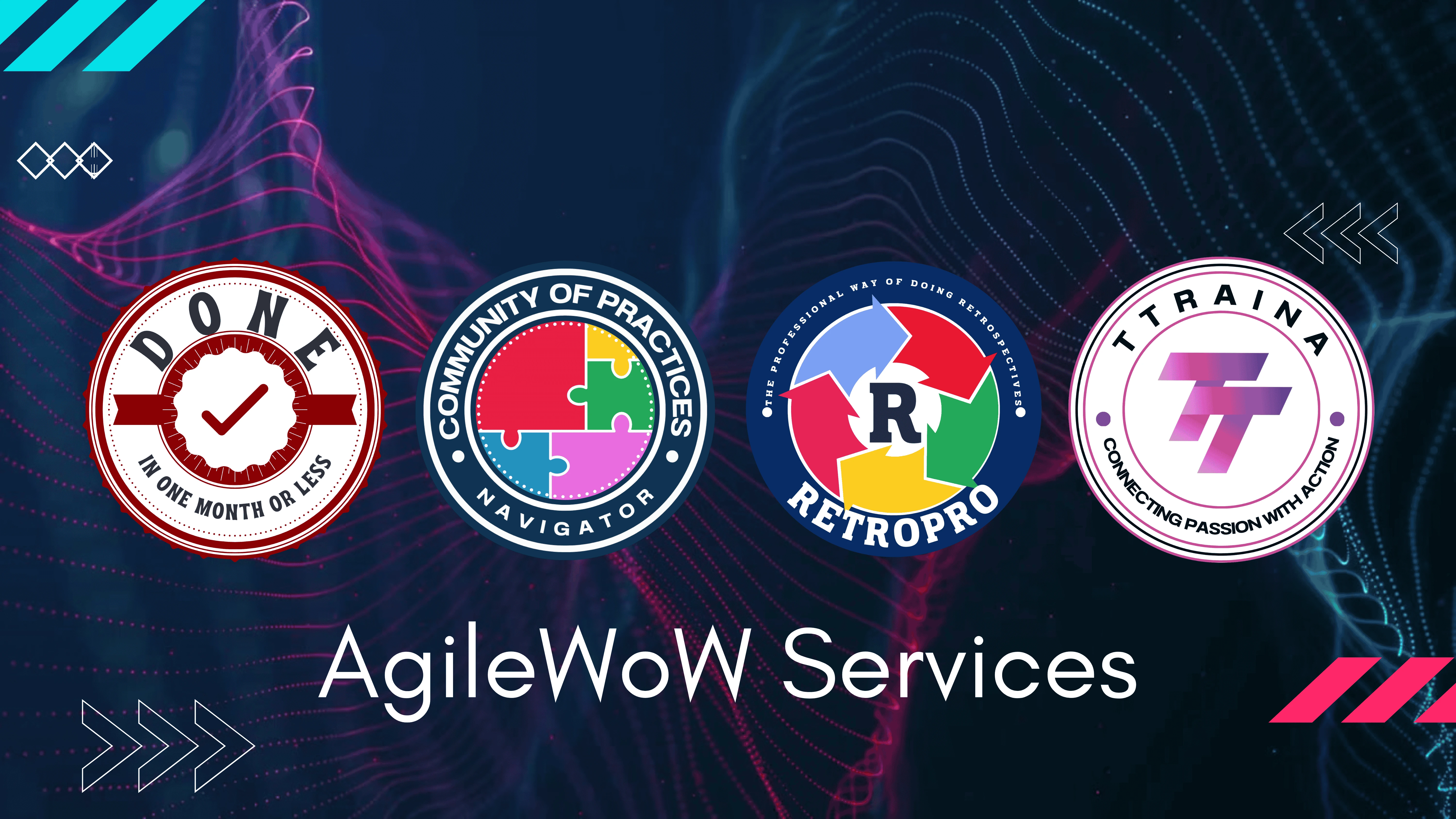This checklist guides the formation of cross-functional teams, particularly for AI/ML initiatives, emphasizing diverse skill sets and collaborative environments.
Section 1: Team Member Roles & Skill Inclusion
| S.No. |
Role |
Description |
| 1 |
Machine Learning Engineers |
- Skills in building, deploying, and maintaining machine learning models in production environments.
- Strong programming capabilities (e.g., Python, Java) and experience with ML frameworks (e.g., TensorFlow, PyTorch).
- Understanding of MLOps practices, scalability, and performance optimization.
|
| 2 |
Data Scientists |
- Expertise in statistical analysis, machine learning algorithms, and predictive modeling.
- Ability to extract insights from complex datasets.
- Proficient in data cleaning, transformation, and feature engineering.
|
| 3 |
Data Engineers |
- Expertise in designing, building, and maintaining scalable data pipelines.
- Proficient in data warehousing, ETL processes, and database management.
- Skilled in handling large volumes of structured and unstructured data for ML model training and inference.
|
| 4 |
AI Product Managers |
- Deep understanding of the product vision, customer needs, and business objectives, specifically within the AI/ML domain.
- Ability to translate business requirements into actionable user stories and prioritize the product backlog for AI features.
- Strong communication skills to liaise between technical AI teams and stakeholders.
|
| 5 |
UX/UI Designers |
- Expertise in user research, wireframing, prototyping, and user interface design, with an understanding of how AI outputs impact user experience.
- Focus on creating intuitive, user-friendly, and accessible product experiences, especially when interacting with AI systems.
- Ability to advocate for the user throughout the development lifecycle, considering AI's ethical and usability implications.
|
| 6 |
Domain/Business Experts |
- In-depth knowledge of the specific industry, business process, or subject matter relevant to the AI project.
- Ability to provide critical context, validate assumptions, and guide data interpretation and AI model application.
- Can articulate specific challenges and opportunities within the domain that AI can address.
|
| 7 |
MLOps Specialists |
- Expertise in automating and streamlining the machine learning lifecycle, from experimentation to deployment and monitoring.
- Proficient in tools and practices for continuous integration/continuous delivery (CI/CD) for ML.
- Understanding of model versioning, lineage tracking, performance monitoring, and alerting.
|

Section 2: Fostering Collaboration & Shared Understanding
| S.No. |
Aspect |
Description |
| 1 |
Establish a Shared Vision |
- Ensure all team members understand and are aligned with the overall goal and expected outcomes of the project.
- Clearly define the problem the team is solving and its impact.
|
| 2 |
Promote Cross-Disciplinary Communication |
- Encourage regular, open dialogue between individuals from different functional areas.
- Use clear, non-jargon language during discussions.
- Create dedicated channels for cross-functional communication (e.g., specific Slack channels, shared documentation).
|
| 3 |
Encourage Knowledge Sharing |
- Implement practices like regular "lunch and learns," peer programming, or knowledge transfer sessions.
- Document decisions, designs, and processes in a centralized, accessible location.
|
| 4 |
Define Clear Roles & Responsibilities |
- While fostering collaboration, clearly delineate individual accountabilities to avoid duplication of effort or gaps.
- Ensure everyone understands how their specific contribution fits into the larger picture.
|
| 5 |
Facilitate Joint Problem-Solving |
- Conduct workshops or brainstorming sessions that involve all relevant disciplines when tackling complex challenges.
- Encourage team members to learn about and appreciate the perspectives of other functions.
|
| 6 |
Build Empathy Across Roles |
- Create opportunities for team members to understand the challenges and requirements faced by different disciplines (e.g., UX designers spending time with engineers, data scientists shadowing domain experts).
|
| 7 |
Establish Collaborative Tools & Practices |
- Utilize shared collaboration platforms (e.g., Jira, Trello, Miro).
- Implement agile methodologies that naturally promote cross-functional interaction (e.g., daily stand-ups, sprint reviews).
|
| 8 |
Regularly Review & Adapt Team Dynamics |
- Conduct retrospectives to discuss how the team is collaborating and identify areas for improvement.
- Be prepared to adjust team composition or communication strategies as the project evolves.
|
Section 3: Team Responsibilities (for Cross-Functional AI Teams)
| S.No. |
Responsibility |
| 1 |
Own End-to-End AI Development Cycles |
- From ideation and data exploration to model prototyping, deployment, and monitoring.
|
| 2 |
Conduct Rapid, Iterative Experiments |
- Including A/B tests, quick pilots, and MVP deployments.
|
| 3 |
Continuously Optimize AI Models and Solutions |
- Based on real-time user and data feedback.
|




